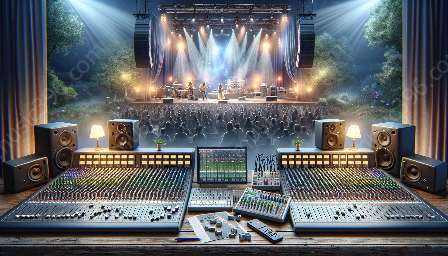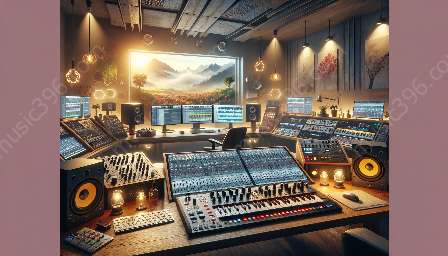Neighboring rights in music licensing are a critical component of the music industry, intersecting with copyright laws and CD & audio formats. Understanding the legal landscape and implications for artists, producers, and record labels is essential for navigating this complex realm of music distribution.
The Basics of Neighboring Rights
Neighboring rights, also known as related rights, refer to the rights of performers and producers in their performances and recordings. It is a distinct set of rights from copyright, which protects the musical composition and lyrics.
Performers' Rights: Performers hold neighboring rights in their live performances and studio recordings. These rights include the ability to control the reproduction, distribution, and public performance of their performances.
Producers' Rights: Producers of sound recordings also have neighboring rights, granting them authority over the reproduction, distribution, and public performance of their recordings.
Intersection with Copyright Laws
Neighboring rights intersect with copyright laws, as they are part of the broader framework of intellectual property protection. While copyright protects the underlying musical work, neighboring rights safeguard the performances and recordings of that work.
Understanding this distinction is crucial, as it affects licensing, royalty distributions, and enforcement of rights. Artists, producers, and record labels must navigate both copyright and neighboring rights to ensure comprehensive protection of their creative works.
Neighboring Rights in Music Licensing
Neighboring rights play a significant role in music licensing, particularly in the context of CD and audio distribution. When music is reproduced on CDs or in digital audio formats, both the underlying musical work and the sound recording are subject to licensing requirements.
Licensing of neighboring rights for sound recordings involves obtaining permission from both the performers and producers, adding complexity to the licensing process. Record labels and distributors must secure the necessary rights to reproduce and distribute the sound recordings, ensuring compliance with neighboring rights laws.
Implications for the Music Industry
The impact of neighboring rights on the music industry is far-reaching. With the rise of digital music streaming and the ongoing distribution of physical media such as CDs, understanding and managing neighboring rights is critical for all stakeholders.
- Artists: Musicians and vocalists rely on neighboring rights for fair compensation for their performances, especially in the era of digital distribution.
- Producers and Record Labels: Neighboring rights are essential for protecting investments in sound recordings and ensuring equitable revenue from licensing deals.
- Digital Platforms and Distributors: Platforms and distributors must navigate neighboring rights laws to avoid legal disputes and uphold licensing agreements.
Conclusion
Neighboring rights in music licensing are an intricate aspect of the industry, shaping the legal, financial, and creative landscape of music distribution. Artists, producers, and record labels must master the complexities of neighboring rights to thrive in the evolving digital music ecosystem.






























